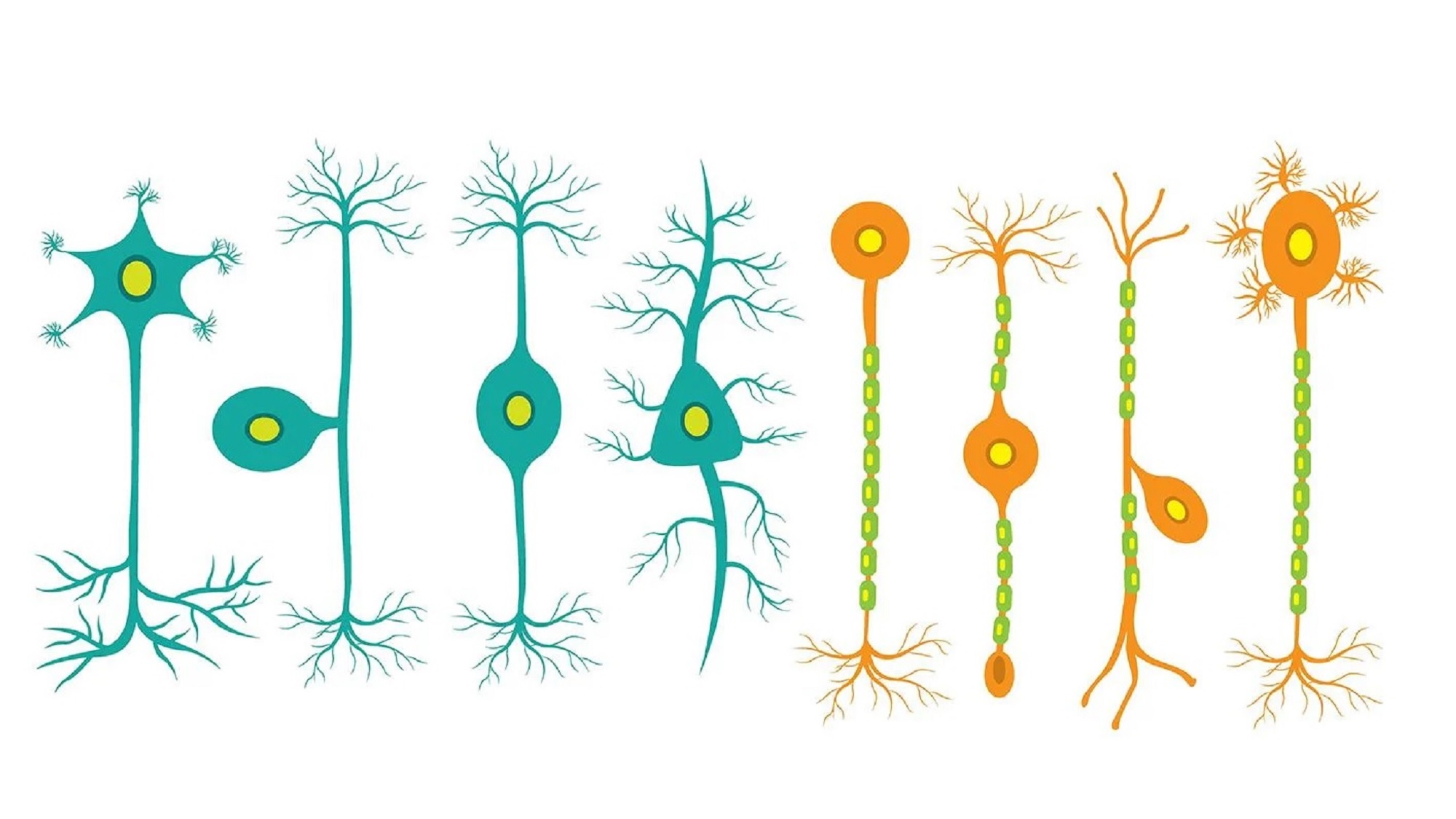Communication between neurons (or neurotransmission) is a process involved in pretty much everything we do – from moving and thinking, to our behaviors and moods.
Messages pass from neuron to neuron through molecules called neurotransmitters, which are released by one neuron and bind to membrane receptors (GPCRs) on the next neuron, activating a response within that second cell.
Now, the research group led by Jana Selent at the Hospital del Mar Institute for Medical Research (IMIM) has been able to see in unprecedented detail – at the atomic level – the union of these neurotransmitter-receptor pairs. Thus, they have seen how small changes in the binding points can trigger different responses within the cell. That is, the same neurotransmitter, binding to different points in the same receptor, can lead to different responses. The team has made these predictions, which have been experimentally tested in laboratories in Sweden and Canada.
“This knowledge will allow us to modulate the neural response by designing molecules that bind only to certain regions of the receptor and certain types of receptors.”
Tomasz Stepniewski (IMIM), first author of the study
This possibility would be especially interesting in neuropsychiatric diseases such as schizophrenia, or in certain addictions or behavioral patterns, such as those that regulate appetite or mood.
Here you can see an explanatory video.
Stepniewski TM, Mancini A, Agren R, Torrens-Fontanals M, M Semache, Bouvier M, Sahlholm K, Breton B, Selent J. Mechanistic insights into dopaminergic and serotonergic neurotransmission-concerted interactions with helices 5 and 6 drive the functional outcome. Chem Sci, 2021 DOI: 10.1039/D1SC00749A.






